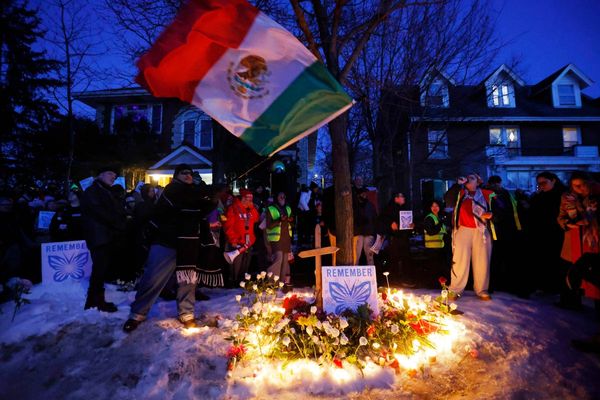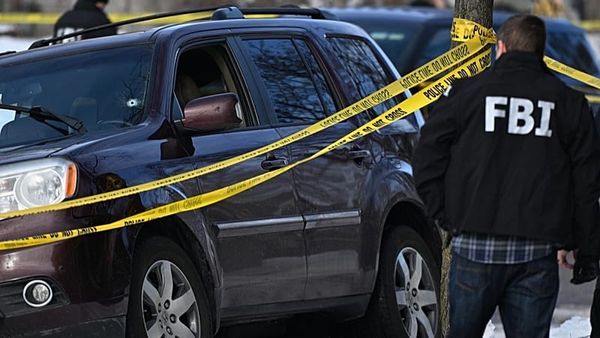
Queen Elizabeth II had close ties to her Scottish subjects, and was herself descended from famous Scots. But what does the future hold for the monarchy’s relationship with Scotland in the wake of her death? Professor Angela McCarthy examines the issue.
In whatever ways historians and others debate her legacy in the years to come, Queen Elizabeth II’s death at Balmoral Castle, Scotland, was a fitting location to end a long life of service.
Acquired by Prince Albert as a gift for his wife Queen Victoria, Balmoral Castle has been a welcome retreat for Queen Elizabeth II and her family, including during regular British summer holidays.
Professor Sir Tom Devine of the University of Edinburgh, Scotland’s leading historian, has stated, “It is entirely fitting that the Queen’s life came to an end in Scotland, the nation which she held in such deep affection and at Balmoral in the Highlands which she loved so much and where it was often said she was at her happiest”.
But Elizabeth II’s ties to Scotland were much deeper and historical than just the connection with Balmoral Castle. She is a direct descendant of James VI of Scotland and Robert the Bruce, King of Scots. As a child, the late monarch spent time at Glamis Castle, the family home of the Queen Mother (daughter of the 14th Earl of Strathmore).
After her coronation in 1953, Elizabeth II was greeted jubilantly in Scotland. She also visited the north during her various jubilee celebrations and the royal yacht Britannia is a tourist site in Edinburgh.
Such was Queen Elizabeth II’s affection for Scotland that protocols known as ‘Operation Unicorn’ were to be implemented in the event of her death north of the border. The late Queen’s coffin will be taken to her Edinburgh residence, the Palace at Holyroodhouse. A ceremonial procession will proceed along the Royal Mile to St Giles Cathedral where the public will have 24 hours to pay their respects, before the Queen’s coffin is taken to London.
What, however, are the implications for Scotland of Queen Elizabeth II’s death? In 2014, 55 percent of voters in Scotland chose to remain part of the UK rather than become independent. Issues around the currency and economy were significant in the decision to remain part of the UK. But the votes of older citizens to retain the connection were also vital since most youth voters preferred independence.
Two years later, the UK voted by 52 percent to 48 percent to leave the European Union. Scotland, however, voted overwhelmingly (62 percent to 38 per cent) to remain part of the EU. Scotland’s divergence from England and Wales (Northern Ireland also voted to remain in the EU) was partly due to the long ties between Scotland and Europe dating back centuries as a result of Scottish emigration. Voters in Scotland were also less hostile towards immigration whereas such opposition was a key aspect for voters in England choosing to leave the EU.
The Brexit vote discrepancy is a key plank in the Scottish National Party’s consistent agitation for Scotland to vote again on independence. Such calls have deepened further in response to more trenchant right-wing Conservative policies, disgust with former Prime Minister Boris Johnson’s regime, and the repercussions of the global pandemic.
Prior to Covid-19, commentators indicated that another independence vote was only likely to occur when polls showed unambiguous support and a robust economic case for self-determination. With the UK now facing a long economic recovery, residents of Scotland may see the EU as a route out of recession (the UK having joined the EU in 1973 to avoid economic decline).
With Queen Elizabeth II’s death, the future of the monarchy in Scotland is likely to be part of discussions around Scottish self-determination. Despite divisions within the party and opposition from some other political parties, the Scottish National Party prefers to retain the monarch as head of state in the event of Scotland becoming independent.
This strategy would offer voters some constitutional continuity rather than full-scale change. But it also reflects Scotland’s history of the Union of the Crowns in 1603, a century before the parliamentary union of 1707 when a small elite voted for Scotland to join England and Wales to form the United Kingdom.
However, with support in Scotland for the monarchy lower than in England, and likely to fall further with Charles III’s accession to the throne, maintenance of Scotland’s ties to the monarchy is far from certain.







